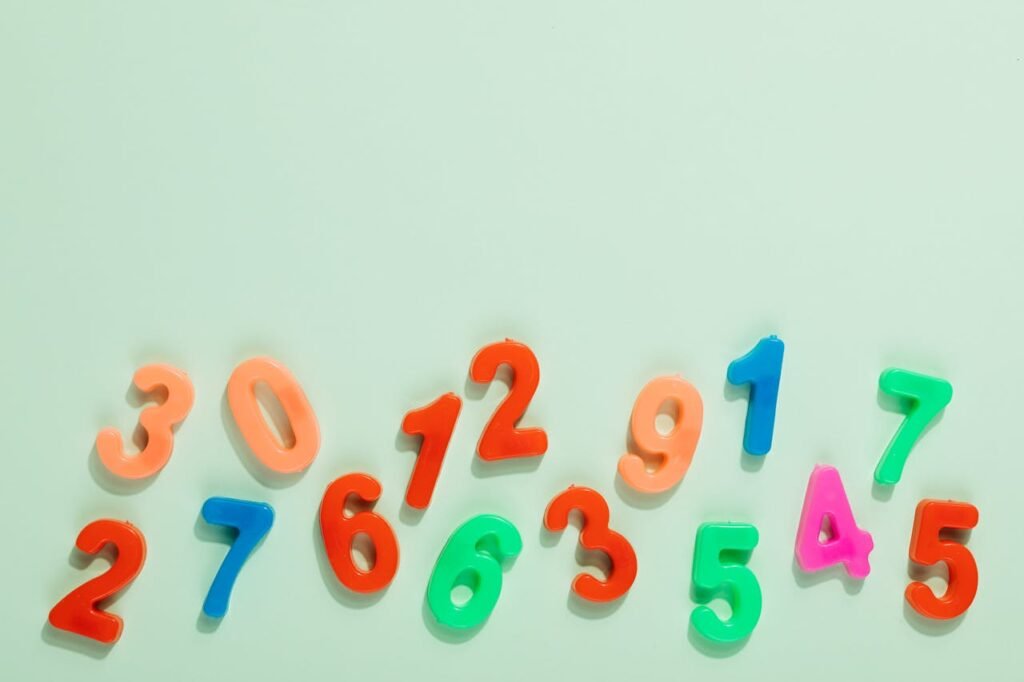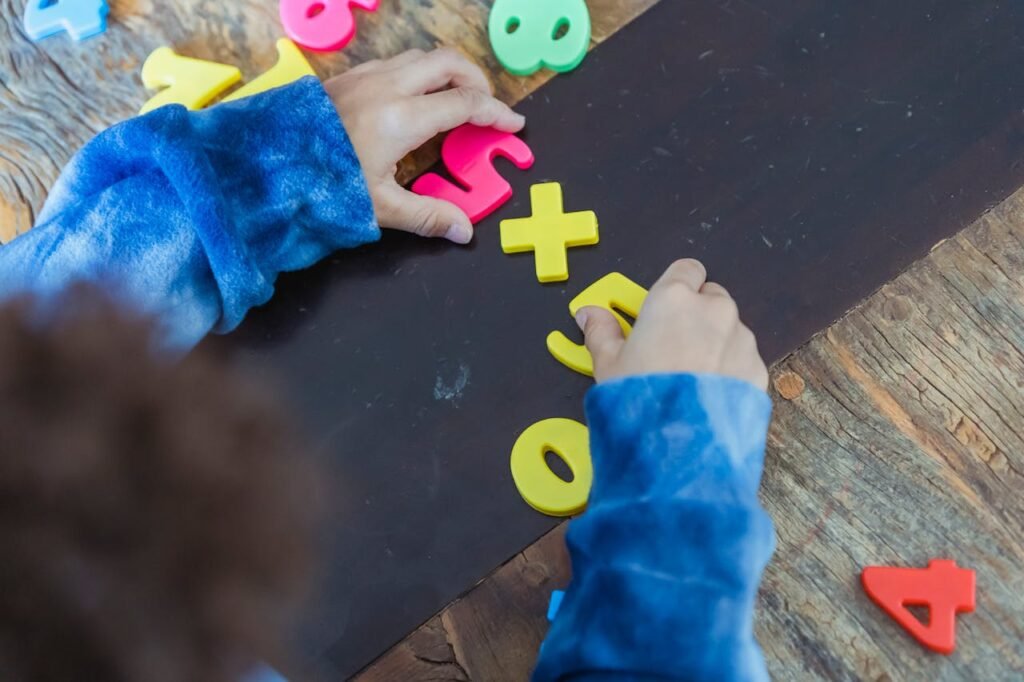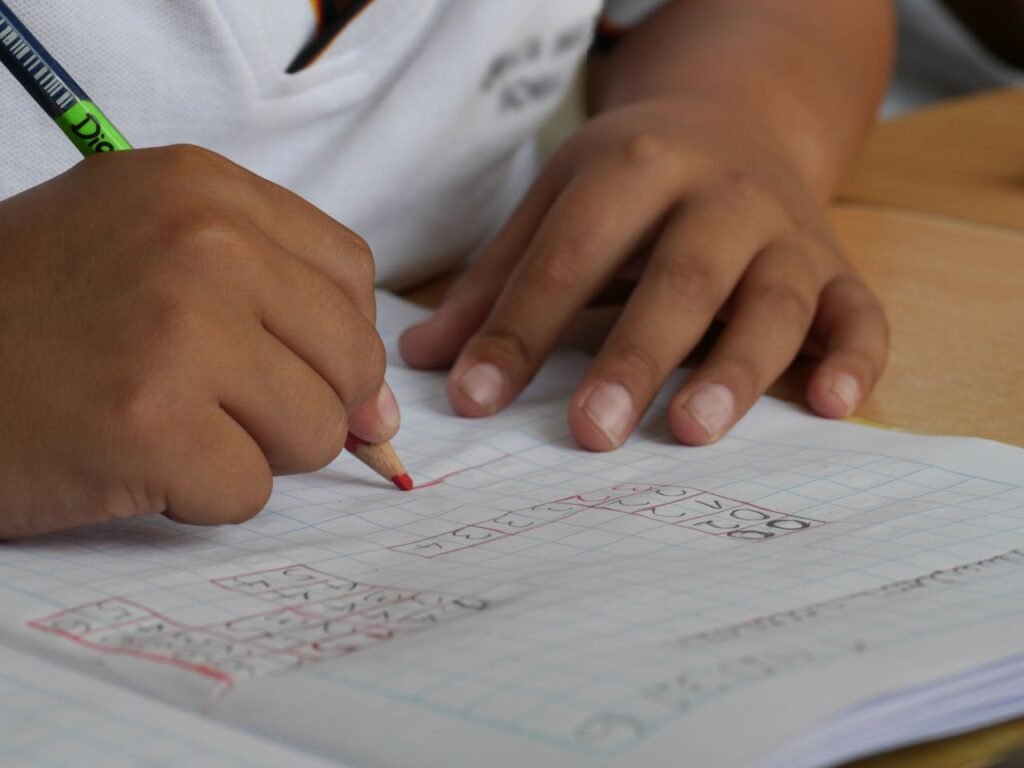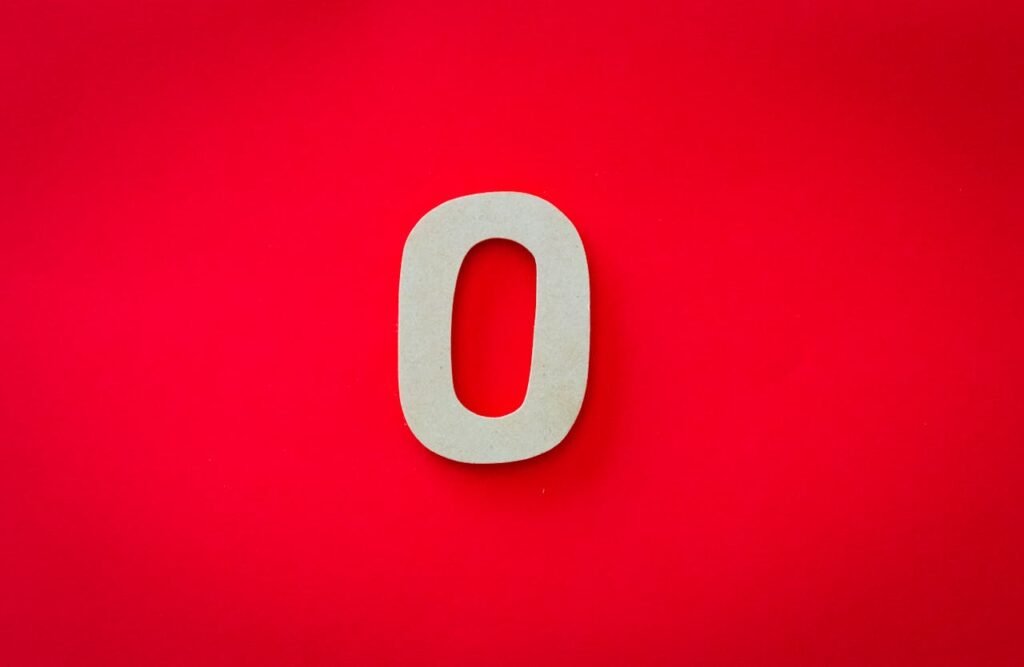Long division can feel like a scary math mountain. All those steps. All those numbers. All that space on the page. For many kids, it’s the point where math starts to feel “too hard.” And honestly, even some grown-ups still get nervous when they see a long division problem.
But here’s the truth: it doesn’t have to be confusing.
Long division is really just a series of small, clear steps—done in the right order, with a little care. Once your child learns the rhythm, it’s like riding a bike. It might feel wobbly at first, but with the right guide, it becomes smooth and steady.
At Debsie, we’ve helped thousands of children around the world master long division in a way that finally makes sense. We teach it like a story—one line at a time—with kindness, visuals, and simple thinking.
What Is Division? Let’s Start With the Basics
Division Is Just Sharing. Before we even talk about “long” division, let’s first understand what division means. Division is simply sharing. If you have 12 cookies and you want to share them with 4 friends so that everyone gets the same amount, you’re dividing. You’re breaking a big group into smaller, equal groups.
So, 12 divided by 4 means: how many cookies does each friend get? The answer is 3. That’s it. Division is about splitting things into fair parts. Whether it’s toys, candies, or even time, division helps us make things fair.
In math, we use the division symbol (÷) to show this. So, 12 ÷ 4 = 3. That’s how we write it. You’ll also see division written like this: 12 / 4 or sometimes even like a fraction (12 over 4). These all mean the same thing—how many times does 4 go into 12?
Why Do We Need Long Division?
Now, what happens when the number you want to divide is really big? What if it’s 245 ÷ 5? You can’t just do that in your head. That’s when long division helps. Long division is just a neat way to break down big division problems into tiny, easy steps.
Think of long division like solving a puzzle. You solve a little piece at a time, and before you know it, the whole picture is done. Long division helps you stay neat and organized, so you don’t miss any steps or get confused.
It’s also helpful when you’re working with large numbers in school, shopping, or real life—like dividing money or items between people, or even understanding how things are split in a recipe.
What You’ll Need Before You Start
Before jumping into long division, there are a few things you should know. These are like your little tools or helpers. Don’t worry—they’re very simple, and you probably already know them!
First, you need to know your multiplication tables, especially up to 10 or 12. That’s because long division often asks, “How many times does this number go into that number?” and that’s just multiplication in reverse.
Second, it helps to be able to subtract numbers easily. Subtraction is used in every step of long division. You take away a bit, see what’s left, and keep going.
Last, have a pencil and paper ready. Long division needs space. You’ll be writing numbers down and keeping track of your work. It’s okay to make mistakes. That’s how you learn. Just be neat and take your time.
The Long Division House: Understanding the Setup

Long division has a special look. It uses something that looks a bit like a sideways “L.” This is called the division box, or sometimes a “long division house.” It’s where all the action happens.
Here’s how it works. The big number you want to divide goes inside the house. That’s called the dividend. The number you are dividing by stands outside the house, to the left. That’s called the divisor.
For example, in the problem 84 ÷ 4, the number 84 goes inside the house. The number 4 stands outside. It looks like this:
______
4 | 84This setup helps us keep things tidy. It shows what we’re dividing (inside the house) and what we’re dividing by (outside the house). You always read it as: “How many times does 4 go into 84?”
Place Value Is Super Important
Now, here’s something that makes long division easier—place value. That means knowing what each number stands for. For example, in the number 84, the 8 is in the tens place, and the 4 is in the ones place. So 84 means 8 tens and 4 ones.
In long division, we solve the problem one digit at a time, starting from the left. So we ask, “How many times does the divisor go into the first digit (or group of digits) of the dividend?”
In our 84 ÷ 4 example, we look at the first number, which is 8 (in the tens place). We ask: How many times does 4 go into 8? That’s 2 times, because 4 × 2 = 8.
Once we’ve done that part, we move on to the next digit, which is 4. This is the part where things start to feel like a little puzzle. We repeat the steps until we reach the end of the number.
Think Step by Step, Not All at Once
Long division is not about solving the whole problem in one go. That’s the mistake most people make. They look at the big number and try to divide it all at once, which feels overwhelming. Don’t do that.
Instead, think of it as a game. You take one small step, solve it, then take another step. One question at a time. That’s the magic of long division—it breaks big problems into bite-sized pieces.
You look at one digit (or two digits if needed), divide, subtract, and bring down the next number. Then repeat. That’s it. If you can do one step, you can do the next. And the next. Until you reach the answer.
Step-by-Step: Let’s Do a Long Division Problem Together
Example: Divide 84 by 4
We’ve already looked at 84 ÷ 4 earlier. Now let’s go through every single step slowly. This way, you can see exactly how long division works, one small move at a time.
We write it like this:
______
4 | 84
We are asking: “How many times does 4 go into 84?”
But we don’t look at the whole number just yet. We start from the left—the 8 (in 84). That’s because we go from the biggest place value to the smallest.
Let’s begin.
Step 1: Divide the First Digit
We look at 8. How many times does 4 go into 8? The answer is 2, because 4 × 2 = 8.
So we write 2 on top of the division box, right above the 8:
2
____
4 | 84
Now we multiply: 2 × 4 = 8. We write that 8 under the 8 in 84, and subtract:
2
____
4 | 84
-8
__
0
There’s nothing left from that 8. Now we bring down the next digit, which is 4.
Step 2: Divide the Next Digit
Now we have a 4. We ask: “How many times does 4 go into 4?” That’s 1 time.
So we write 1 next to the 2 on top:
21
____
4 | 84
-8
__
04
Multiply again: 1 × 4 = 4. Write it under the 4 and subtract:
21
____
4 | 84
-8
__
04
-4
__
0
No numbers left. Nothing more to bring down. And no remainder.
So the answer to 84 ÷ 4 is 21.
Let’s Break Down What We Did
You just did long division! See? Not scary at all. Let’s look at the steps one more time:
- Divide the first digit (or first two digits if needed).
- Write the answer above the line.
- Multiply the number on top by the divisor.
- Write the result below and subtract.
- Bring down the next digit.
- Repeat until no more digits are left.
That’s the basic pattern of long division. No magic tricks. Just divide, multiply, subtract, bring down.
This same pattern works for any long division problem—big or small. You now have the steps. And with a little practice, they’ll feel totally natural.
What If There’s Something Left Over? (Remainders)

Example: Divide 87 by 4
Not every number can be split into equal parts perfectly. Sometimes, you’ll have a little left over. That leftover part is called a remainder. It just means, “This much couldn’t be shared equally.”
Let’s look at this example:
______
4 | 87
We’re asking: “How many times does 4 go into 87?”
Let’s solve it step by step.
Step 1: Divide the First Digit
Look at the first digit: 8. How many times does 4 go into 8? That’s 2 times.
We write 2 on top, above the 8:
2
____
4 | 87
Multiply: 2 × 4 = 8. Write that below the 8, then subtract:
2
____
4 | 87
-8
__
0
Now bring down the next digit, which is 7:
2
____
4 | 87
-8
__
07
Step 2: Divide What’s Left
Now ask: how many times does 4 go into 7? The answer is 1, because 4 × 1 = 4. If we tried 4 × 2 = 8, that’s too big.
Write 1 on top, next to the 2:
21
____
4 | 87
-8
__
07
-4
__
3
Subtract: 7 – 4 = 3. Now there are no more digits to bring down.
This means we’re done dividing—but we still have 3 left over. That’s our remainder.
So we write our answer like this:
21 R3
It means “21, with 3 left over.”
What Does a Remainder Mean?
Let’s go back to our cookie story. If you had 87 cookies and shared them with 4 people, each person would get 21 cookies. But then you’d have 3 cookies left in your hand. That’s the remainder. You can’t split those 3 cookies equally unless you cut them—and that’s a lesson for decimals, which we’ll get to later.
For now, just know this: when the number doesn’t divide perfectly, you write whatever is left as the remainder. Just put an “R” and the number. Easy.
So 87 ÷ 4 = 21 R3
Three-Digit Numbers? You’ve Got This!

Example: Divide 234 by 3
Now we’re stepping into three-digit numbers. These look big, but don’t panic. We’re just going to use the same steps you already know—divide, multiply, subtract, bring down.
Let’s try this together:
______
3 | 234
We’re asking: “How many times does 3 go into 234?”
Start from the left, just like before.
Step 1: Divide the First Digit
Look at the 2 in 234. How many times does 3 go into 2? It doesn’t. 2 is smaller than 3, so we can’t divide it yet.
So what do we do? We look at the first two digits: 23.
How many times does 3 go into 23? That’s 7 times, because 3 × 7 = 21.
We write the 7 above the 3 in 234 (because that’s where the 23 ends):
78
_____
3 | 234
-21
____
24
Step 2: Subtract and Bring Down the Last Digit
We subtract 21 from 23 and get 2. Then we bring down the next digit, which is 4. Now we have 24.
Ask: how many times does 3 go into 24? That’s 8 times.
Write 8 on top, next to the 7:
78
_____
3 | 234
-21
____
24
-24
____
0
No remainder. You did it!
234 ÷ 3 = 78
You just divided a three-digit number using long division!
Try to See the Pattern
Even though the number was bigger, the steps stayed the same:
- Look at one or two digits at a time.
- Ask how many times the divisor fits.
- Multiply, subtract, and bring down.
- Repeat until there are no digits left.
No matter how long the number gets, these steps don’t change. You just keep going from left to right.
And even if the first digit is smaller than the divisor, like it was with the 2 in 234, you just go one step further to include more digits. That’s totally normal.
Three-Digit Numbers With Remainders
Example: Divide 253 by 4
Now let’s solve 253 ÷ 4. This number won’t divide perfectly, so we’ll end up with a remainder. That’s okay! Let’s go through it together, step by step.
We write it like this:
______
4 | 253
Start with the first digit.
Step 1: Divide the First One or Two Digits
We look at the first digit, 2. Can 4 go into 2? Nope. 2 is smaller than 4. So we take the first two digits: 25.
Now we ask: how many times does 4 go into 25?
4 × 6 = 24, and 4 × 7 = 28, which is too big. So we go with 6.
Write 6 above the 5:
6
_____
4 | 253
-24
____
13
Step 2: Bring Down the Last Digit
Now subtract: 25 – 24 = 1.
Then bring down the next digit, which is 3. Now we have 13.
How many times does 4 go into 13?
4 × 3 = 12, and 4 × 4 = 16, which is too much. So we choose 3.
Write 3 above the 3 in 253:
63
_____
4 | 253
-24
____
13
-12
____
1
Now subtract: 13 – 12 = 1.
There are no more digits to bring down, so we’re done. But we have 1 leftover—our remainder.
Final answer: 63 R1
Don’t Be Afraid of Remainders
When you get a remainder, it doesn’t mean you did something wrong. It just means the number couldn’t be split into perfect equal parts.
In this example, if you had 253 stickers and you wanted to share them with 4 friends, each one would get 63 stickers, and 1 sticker would be left in your hand. That’s what the remainder tells you.
You can leave your answer like this:
63 R1
Or, if you’re ready to take it a step further, you can learn how to turn that remainder into a decimal or even a fraction. But for now, just remember: a remainder is totally okay.
Turning Remainders Into Decimals and Fractions

Sometimes, “63 R1” isn’t enough. Let’s say you’re dividing money, measuring ingredients, or solving a math test that needs a full answer. That’s when you want to go beyond the remainder and turn it into something more exact—like a decimal or a fraction.
Don’t worry. It’s easier than it sounds. You’re just turning that “leftover” part into something smaller and clearer.
Let’s go back to our last example:
253 ÷ 4 = 63 R1
Let’s now turn that remainder 1 into a decimal.
Step-by-Step: Remainder to Decimal
We already know:
4 goes into 253 sixty-three times, and we had 1 left over.
Now watch this trick:
After 253, we add a decimal point and a zero. Just like this:
63.
______
4 | 253.0
We’ve turned 253 into 253.0. It’s still the same number—but now we can keep dividing!
Now bring down that 0 (after the decimal). We’re now asking:
How many times does 4 go into 10?
That’s 2 times, because 4 × 2 = 8.
Write 2 after the decimal:
63.2
______
4 | 253.0
-24
____
13
-12
__
10
-8
__
2
Now we subtract: 10 – 8 = 2. Still more leftover!
We can keep going. Add another 0 and bring it down. Now we ask: how many times does 4 go into 20?
That’s 5 times. 4 × 5 = 20. Now we’re done!
So the final answer is: 63.25
Much neater, right?
Or You Can Just Use a Fraction
If you don’t want to go the decimal route, here’s a quick way to turn the remainder into a fraction.
Go back to your original answer:
253 ÷ 4 = 63 R1
That remainder 1 becomes the numerator. The divisor (4) becomes the denominator.
So your final answer as a fraction is:
63 ¼
Why? Because 1 out of 4 parts are left.
63 R1 = 63 ¼
That’s it!
Real-Life Uses of Long Division

Sometimes, kids ask, “Why do I even need long division?” And that’s a smart question.
The truth is, we use long division all the time in everyday life. Grown-ups may not call it “long division,” but they use it when they’re planning, sharing, shopping, building, or cooking. It’s a tool that helps you make fair decisions, smart estimates, and solve real problems.
Once you know long division, you start seeing it everywhere—even in places you wouldn’t expect.
Sharing Things Fairly
Let’s say you’re planning a birthday party. You have 96 candies, and 8 kids are coming. How many candies should each child get?
That’s 96 ÷ 8.
Long division tells you:
Each kid gets 12 candies.
Without long division, you’d be stuck guessing or making unfair piles. But with it, you’re in control. You make things equal and fair—just like a smart problem solver.
And this doesn’t just apply to candies. It could be slices of pizza, minutes of game time, or seats in a classroom. If you’re splitting something between people, long division helps you figure it out fast and fairly.
Money, Time, and Planning
Here’s a grown-up example: Imagine a parent earns $2,400 for a job and wants to save it over 6 months. How much should they save each month?
That’s 2,400 ÷ 6.
Long division tells them:
Save $400 every month.
Or maybe someone has 150 minutes to study and 5 subjects to cover. How much time should they spend on each?
That’s 150 ÷ 5 = 30 minutes per subject.
Without division, these choices feel messy. With it, everything makes sense.
Even when you grow up, you’ll use long division to:
- Split rent or bills between roommates
- Figure out cost per item when shopping
- Share screen time fairly with a sibling
- Budget your money week by week
It’s not just math—it’s life math.
Final Thoughts
Long division might seem tricky at first, but with patience, practice, and the right steps, it becomes a skill you’ll never forget. It’s not just about numbers—it’s about thinking clearly, staying focused, and solving problems step by step.
Every time you use long division, you’re training your brain to be smarter, sharper, and more confident. And that’s something you’ll carry with you for life.
At Debsie, we believe every child can learn math—and love it too. Whether it’s long division or something even bigger, we’re here to help make learning joyful, fun, and full of success.
🧠💡 Want your child to master math the fun way?
🎓 Join a free trial class at Debsie today and see the magic for yourself!
Read Next:



